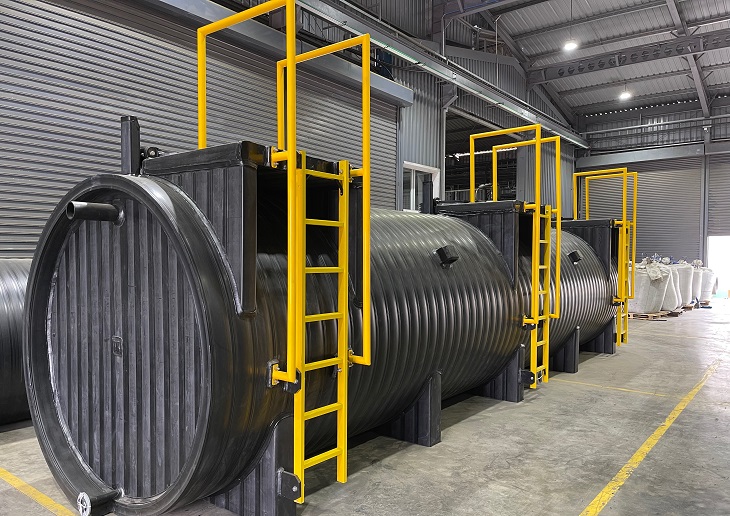Modern Sanitation Technology Integral To The 10,000 Classrooms Program
The government’s plan to construct an additional 10,000 classrooms to accommodate the expected surge in student numbers once learners transition from primary to junior secondary schools under the Competency-Based Curriculum is welcome and necessary.
This transition will require among other things a corresponding increase in teachers, equipment, meals, transport services, and other infrastructure.
A fundamental part of the critical infrastructure, necessary to allow students a conducive learning environment, access to adequate water, sanitation, and hygiene (WASH); an issue that rarely gets the publicity it deserves.
The Kenya Environmental Sanitation and Hygiene Strategic Framework 2016-2020 definition of a school with acceptable WASH facilities is one that has adequate access to safe drinking water, sanitary toilets, and urinals to the correct ratio/proportion of pupils and age, adequate hand-washing facilities, properly maintained compounds, well-ventilated classrooms and other living facilities including kitchen and dining facilities.
These WASH facilities make learning easier and play a key role in improving productivity by reducing incidences of communicable diseases including diarrhea and typhoid that often result in missed school days.
Schools should also be comfortable because a great part of a child’s life is spent in a learning environment.
Various ministries that have been given the magnanimous task of putting up these classrooms should also keep in mind the different needs of learners found in heavily built-up urban compared to learning institutions that are in remote areas, and such factors present a set of engineering challenges.
Tackling such challenges is important because one of the main reasons that implementing large infrastructure projects becomes a challenge, both locally and globally, is due to the disruption to communities that they cause.
Kenya is awash with examples of hostilities that arise every time a new road, sewer, or transmission line is being constructed.
Luckily, today we have made great strides in technology that can solve these challenges in a sustainable way.
One such technology is Weholite HDPE which is being used to manufacture wastewater, stormwater sewerage tanks as well as manholes.
Unlike other building materials, Weholite HDPE technology enables infrastructure products such as tanks and pipes to be designed and customized to fit at specific sites, then manufactured within a factory level, producing high-quality results. The advantage of this is that school WASH infrastructure can be installed with minimal disruption to communities and at a fast pace.
The lightweight nature also makes such infrastructure easier to transport which is paramount when the target schools are in far-flung areas. Weholite technology additionally has a service life of over 100 years.
As we begin this important journey toward 10,000 schools let us explore all technologies that can meet students’ needs for safe sanitation that also ensures their dignity. Modern building solutions offer us these possibilities.





